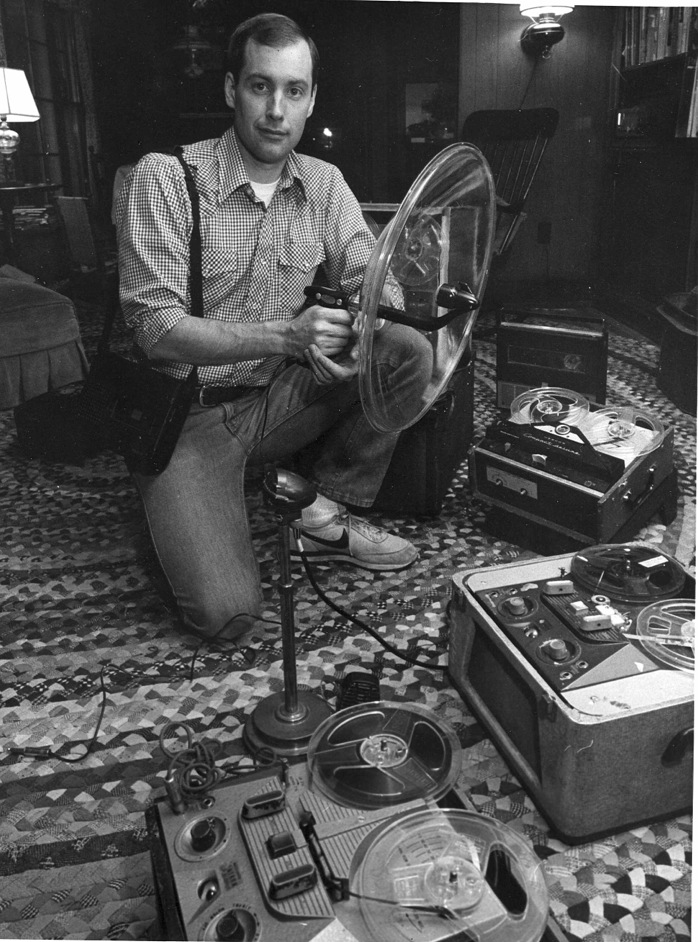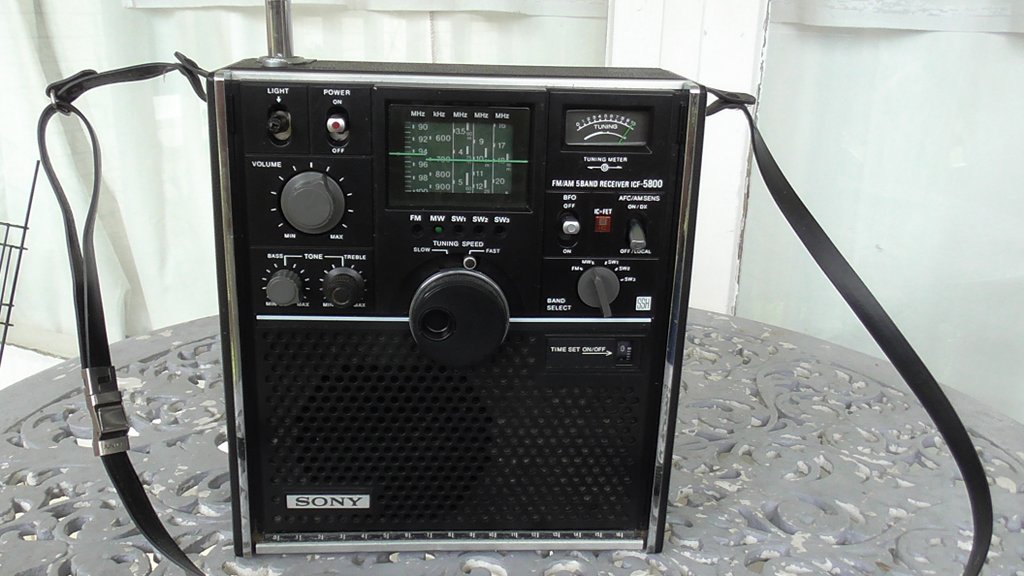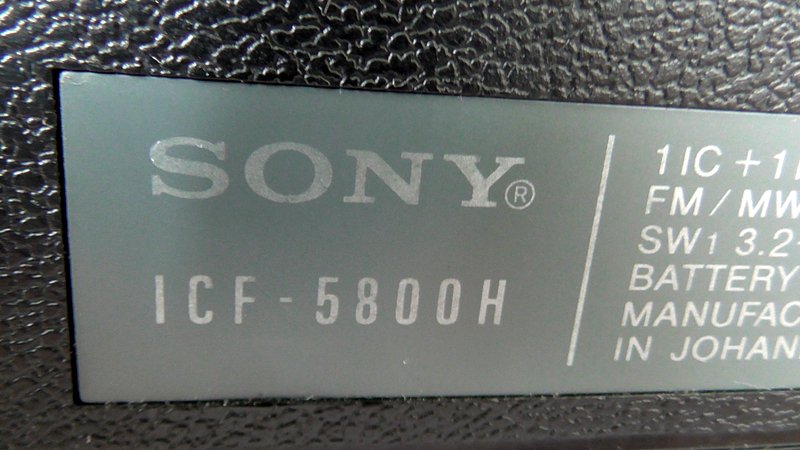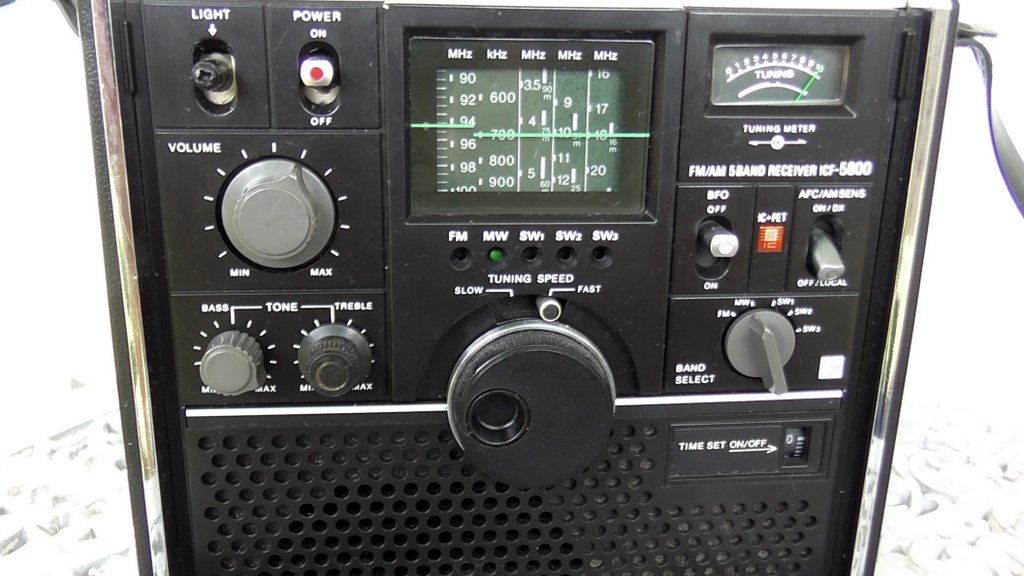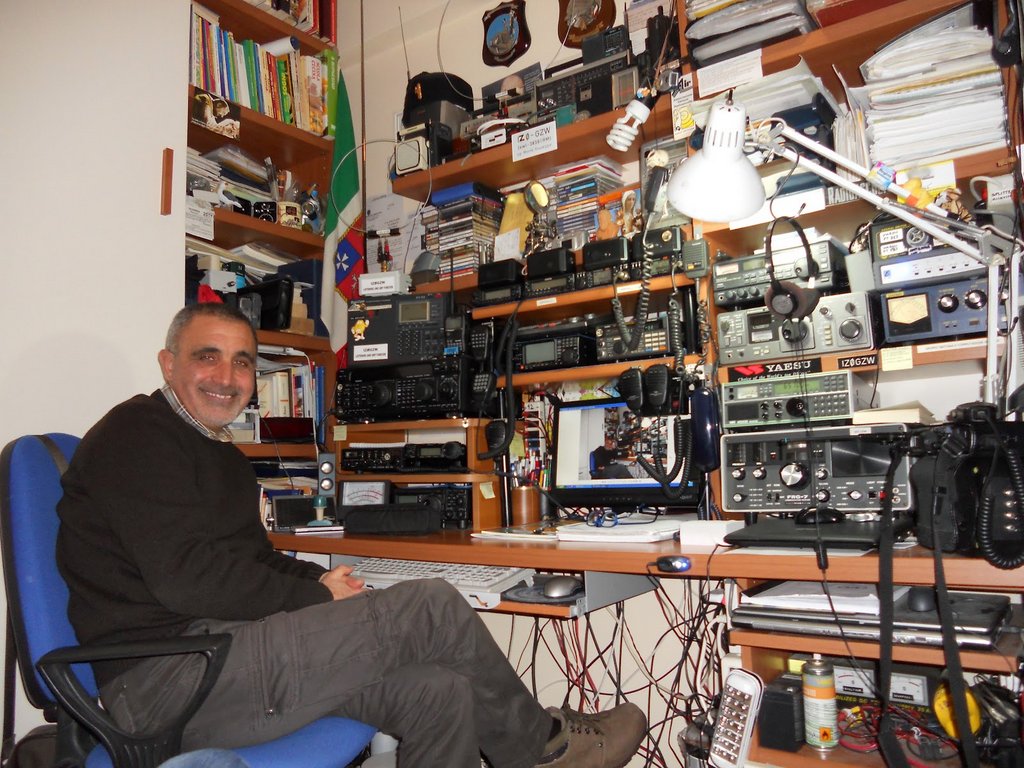
The listening post and ham radio shack of Giuseppe Morlè (IZ0GZW) from Ponza Island, Italy.
Several months ago, we conducted a shack photo contest sponsored by Universal Radio. At the time, I promised to post all of your excellent photos soon–apologies to all for the extended delay!
The following is the first set of ten photos along with any notes that were included.I plan to post these photos in sets of 10 and tag your names in each post. These actually take time to format for the blog, but I hope to post new sets of shack photos in the coming days.
Click on images to enlarge and enjoy:
Stu McLeod
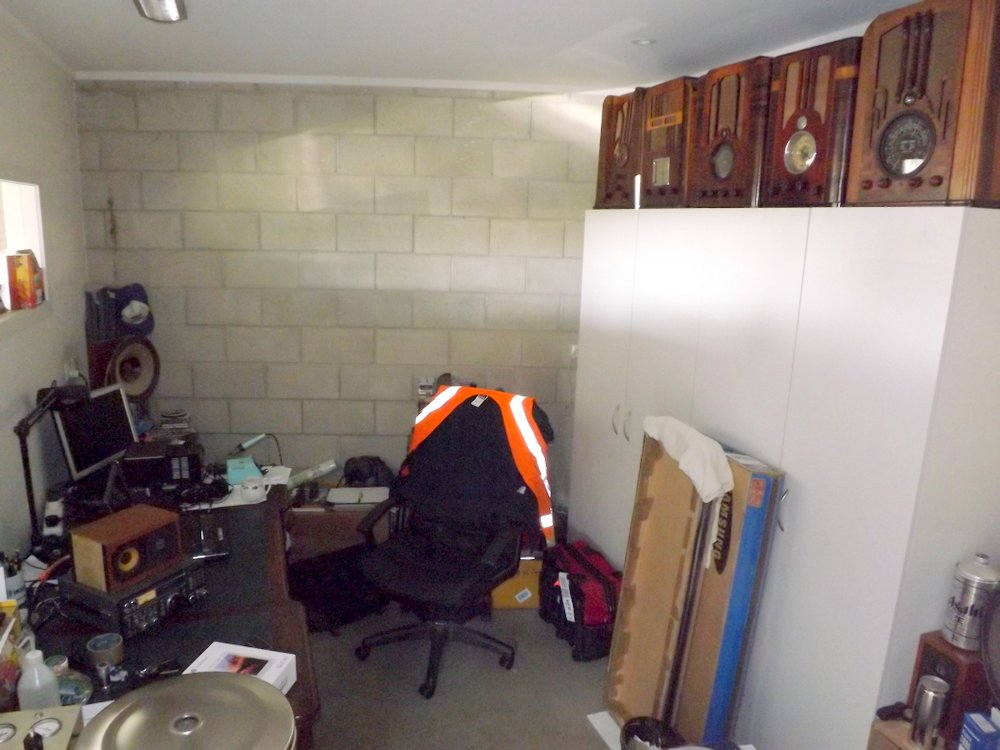
Notes:
- 1937 Philco 620 EZ 121
- 1936 Ultimate
- 1936 Philips P626 Superhet Radio Player
- 1937 World Radio
- 1936 Stewart Warner R-146X
Lower is my tweaked Icom IC-R71. Most fun is with the 1936 Philips P626 Radioplayer–for its age , its tuning sensitivity and selectivity is simply amazing.
Stephen Morshead
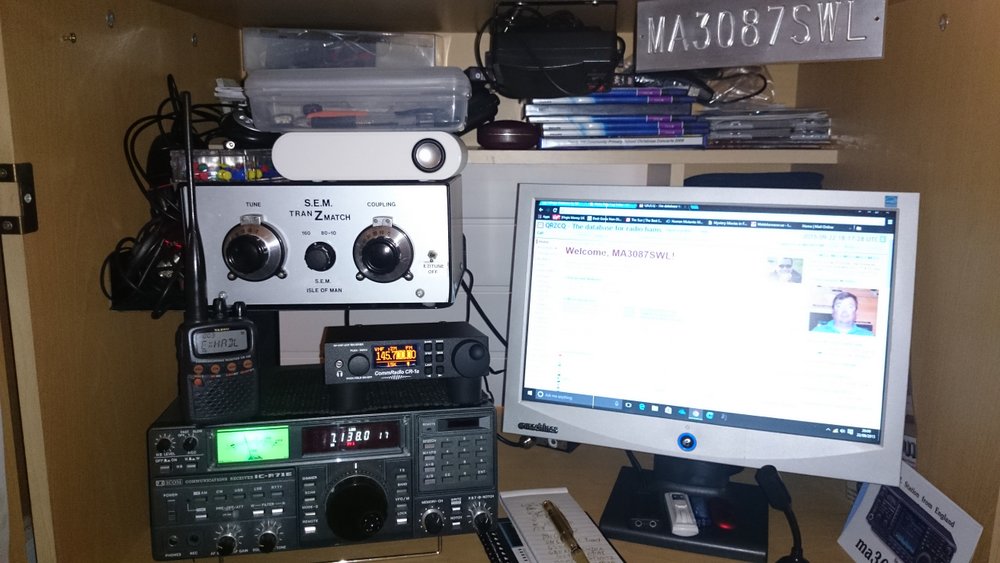
Notes: An Icom R71E and CommRadio CR-1a and a transmatch tuner running a sloping dipole longwire. My favourite rig at the momemnt is my Icom–maybe older but quite sensitive compared to the CommRadio–but the CommRadio is quite good on CW decoding. SWL callsign is MA3087swl.
John Magee (W4GLX)
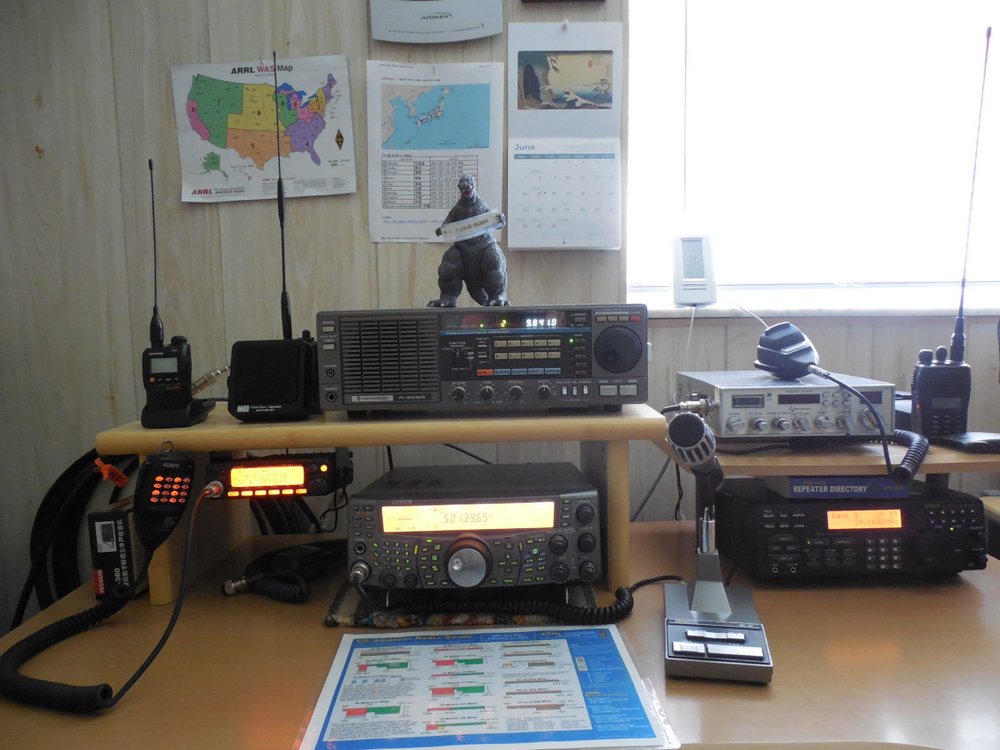
Notes: My favorite gear to use is The Kenwood TS 2000. I also have an Kenwood R2000 for my short wave listening …
Robin Gist (K4VU)

Notes: Elecraft K3 transceiver, Alpha 78 amplifier, Vibroplex Iambic Deluxe paddle
Matt Champion (AC0TW)
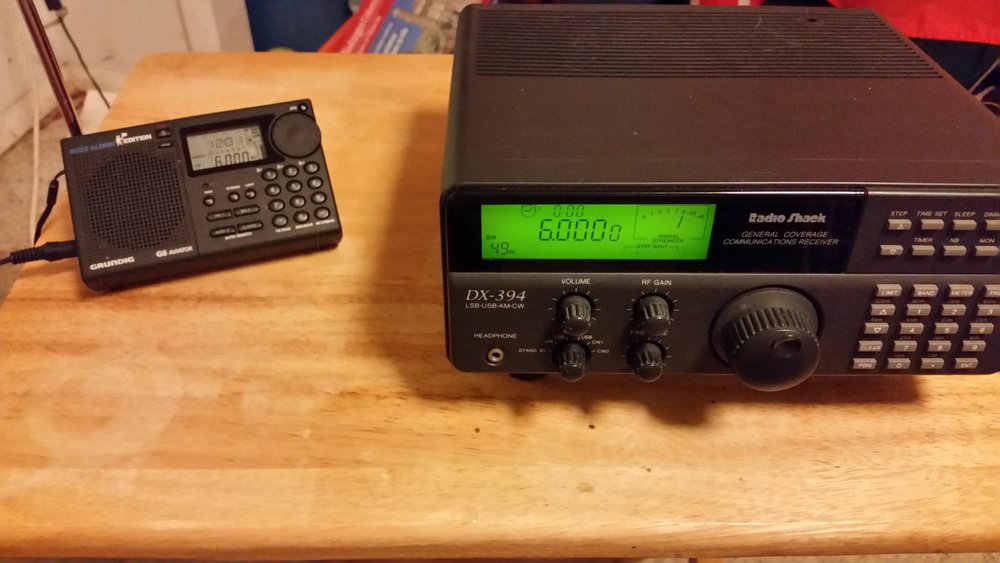
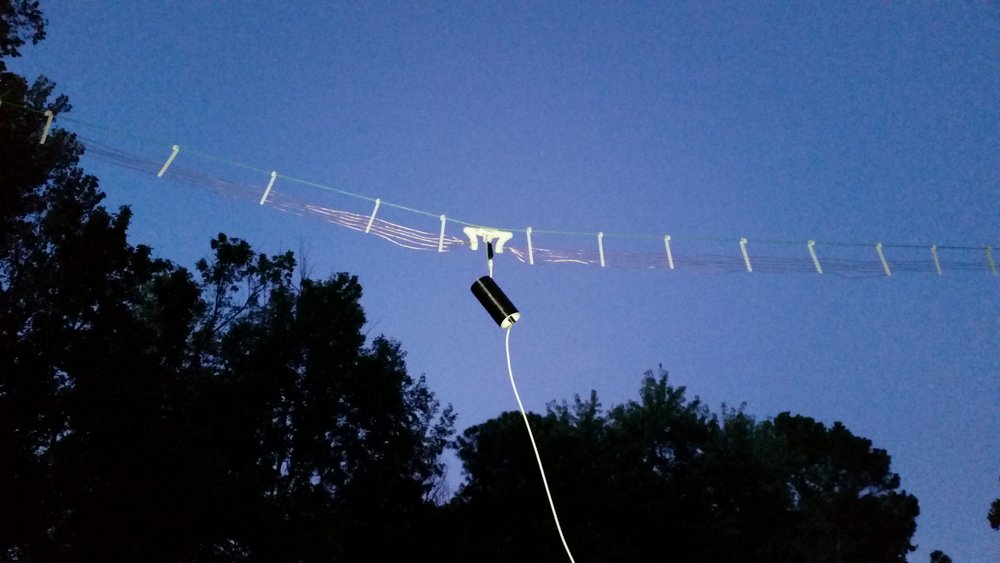
Notes: My shack is simply a bedside table connected to a homebrew multiband dipole. I use the Radio Shack DX-394 for most of my DXing and the Grundig Aviator G6 Buzz Aldrin edition for local FM and shortwave during outdoor excursions.
Ken Carr (KE1RI)

Notes: My ham shack is my favorite listening post. Since all the children are now adults I am able to dedicate this second floor bedroom to radio.
From left to right: Ten-Tec Omni VI transceiver (with all Plus upgrades), Collins 302C-3 wattmeter, Yaesu FTDX-3000 transceiver,Ameriton AL-811H amplifier, Hammarlund HQ-OneSeventy receiver, Hallicrafters HT-37 transmitter, and, National HRO-Sixty receiver. To the far right can be seen part of a Grundig 8080 / USA.
Unseen are an additional 4 consoles, several Trans-Oceanics, and many others.
Vance Thompson (K7VNZ)

Notes: Attached is a photo of probably one of the smallest, most cluttered/disorganized (to the naked eye) listening station ever. Then again, maybe not… But seriously, I read your latest post, and just immediately took a picture. No cleaning up, staging, adding or removing things, or photoshop used. It is what it is and I like it.
My name is Vance Thompson and my callsign is K7VNZ, and this is where I listen.
Some highlights starting from top to bottom:
Top shelf: An old Griffen “Radio Shark” (1st gen) nestled in a homemade loop antenna made with an old Roi-Tan cigar box as the base, a lava lamp, a Colonial Viper, a Buddha box that looks like a weird radio.
Middle shelf: WWII blackout lantern, toy safe to hold all my secret spy number decoder books in :-), misc. vaseline glass and ‘glowy’ stuff, and a mask my daughter made. Dixie Cannonball crystal radio headset hanging on left, unnamed headset on right with cool radioactive stickers I put on it.
Monitor shelf: Viewing SWLing Post, of course. Raspberry Pi on left running ADS-B software when I turn it on, green laser pointer I used to tease my dog with, stack of misc. papers with a homemade crystal radio made on an expired plastic gift card on top.
Bottom shelf: Baofeng BF-F8+ with diamond antenna, recent hand-wound coil connected to breadboard prototype crystal radio I’m currently working on (tuning capacitor seen below next to the keyboard), digital audio recorder in there somewhere, Radio Shack DSP processor I found at a junk store for $4 with various alligator clip jumpers on top, round tin for small radio parts, moleskin logbook, Yaesu FT-60, my grandfather’s D-4 flight computer from WWII.
Arie van Bezooijen (PE1AJ)

Notes: I’m using a Kenwood 950s and an Icom IC7400 for HF. For 2m i’m using a Yeasu FT-7800 and other SW listening I can do with a Kenwood R2000.
Mitul Kansal (VU3MCN)
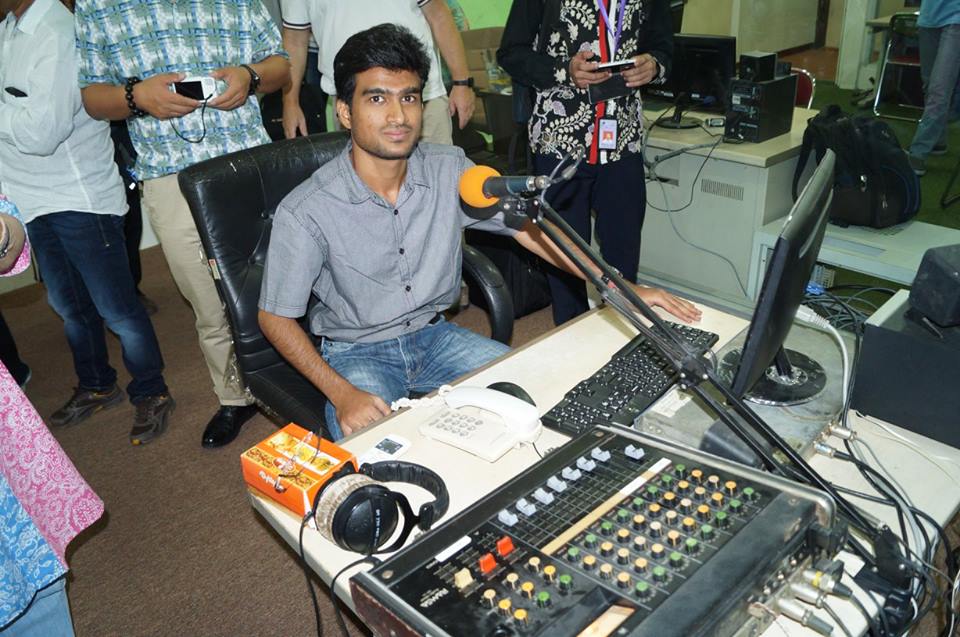
 Notes: Recently, I visited RRI- Voice of Indonesia & Republic of Indonesia in September 2015 as a winner of International Quiz, “Wonderful Indonesia 2015.” I visited the RRI- Voice Of Indonesia Broadcasting Station .
Notes: Recently, I visited RRI- Voice of Indonesia & Republic of Indonesia in September 2015 as a winner of International Quiz, “Wonderful Indonesia 2015.” I visited the RRI- Voice Of Indonesia Broadcasting Station .
There, I went on air, shared my views about RRI- Voice of Indonesia. It was an unforgettable moment for me. With other winners , I enjoyed listening on radio.
Jackie LaVaque (KC0ODY)
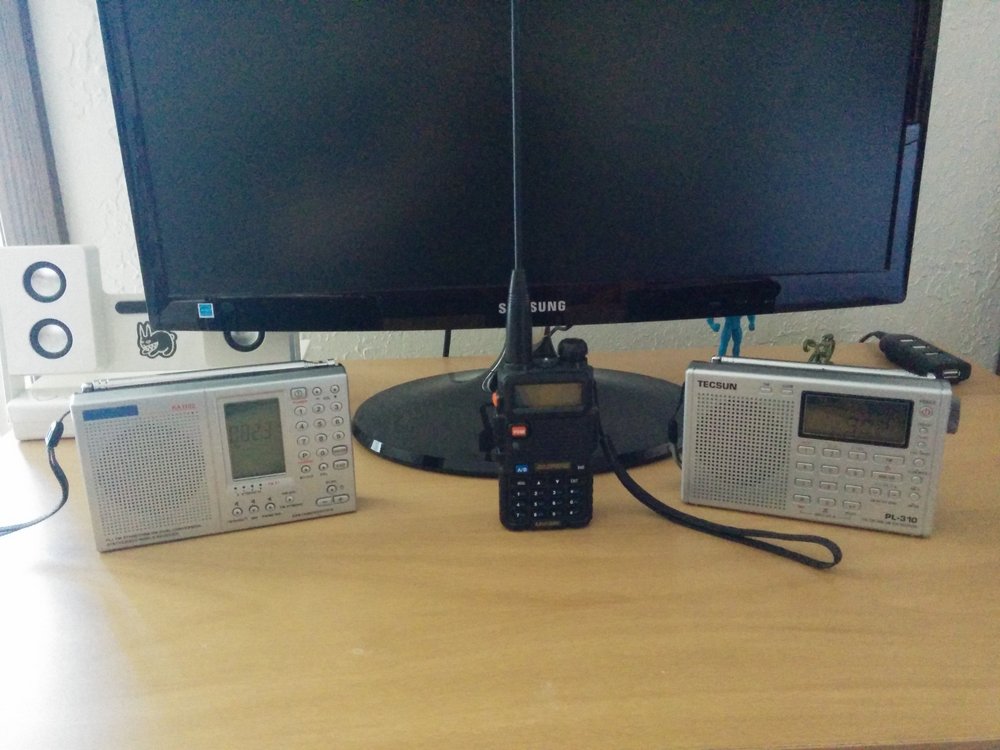
Notes: Here’s my humble listening post! Right now it consists of a Kaito KA1102, a Tecsun PL310, a Baofeng UV5R, and not seen because it’s not up and running yet, an RTL-SDR USB dongle which I plan to make into my winter project. My favorite rig is the Tecsun PL310 because not only is it a great performer on SW and MW, it also does pretty well with longwave using an added homemade cake form antenna.
Again, many thanks to all who sent in their listening post photos. I absolutely love the variety!
Follow the tag Shack Photos for more!

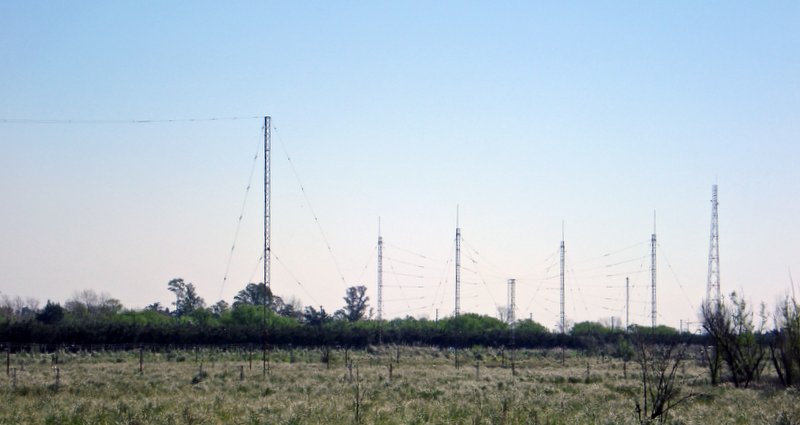
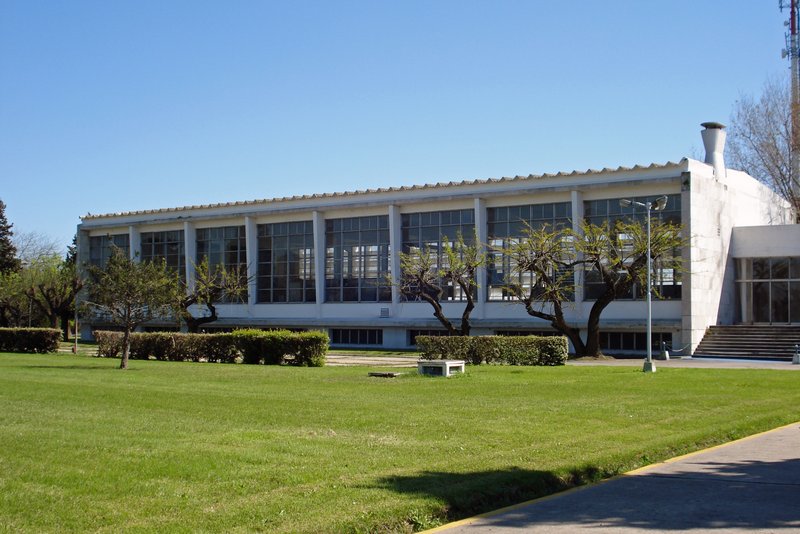
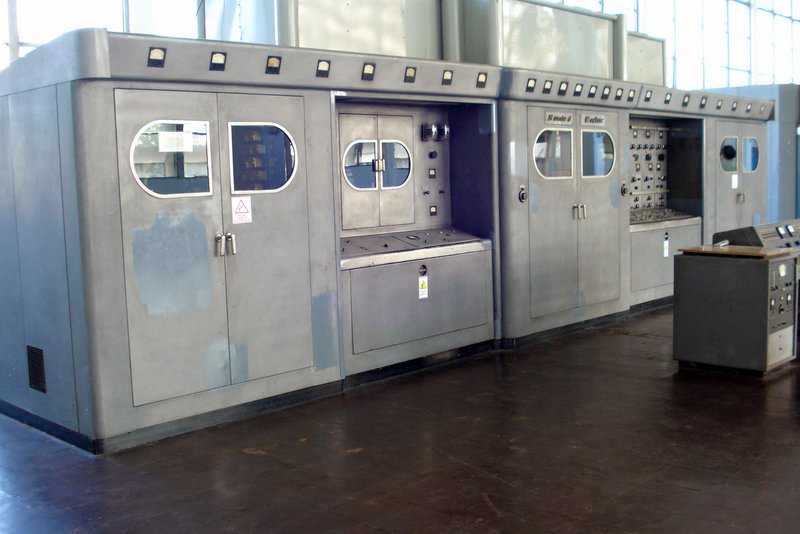

















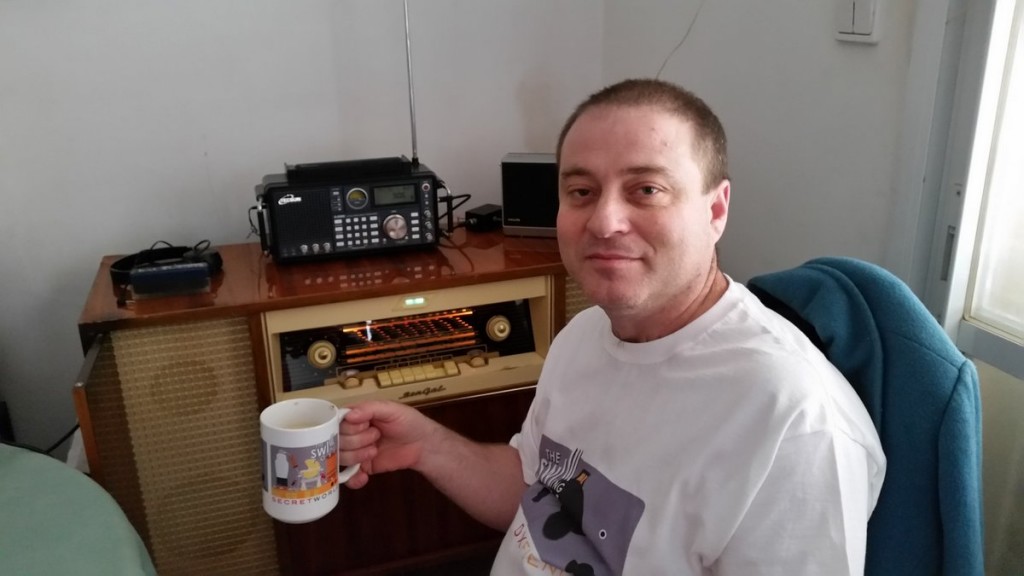
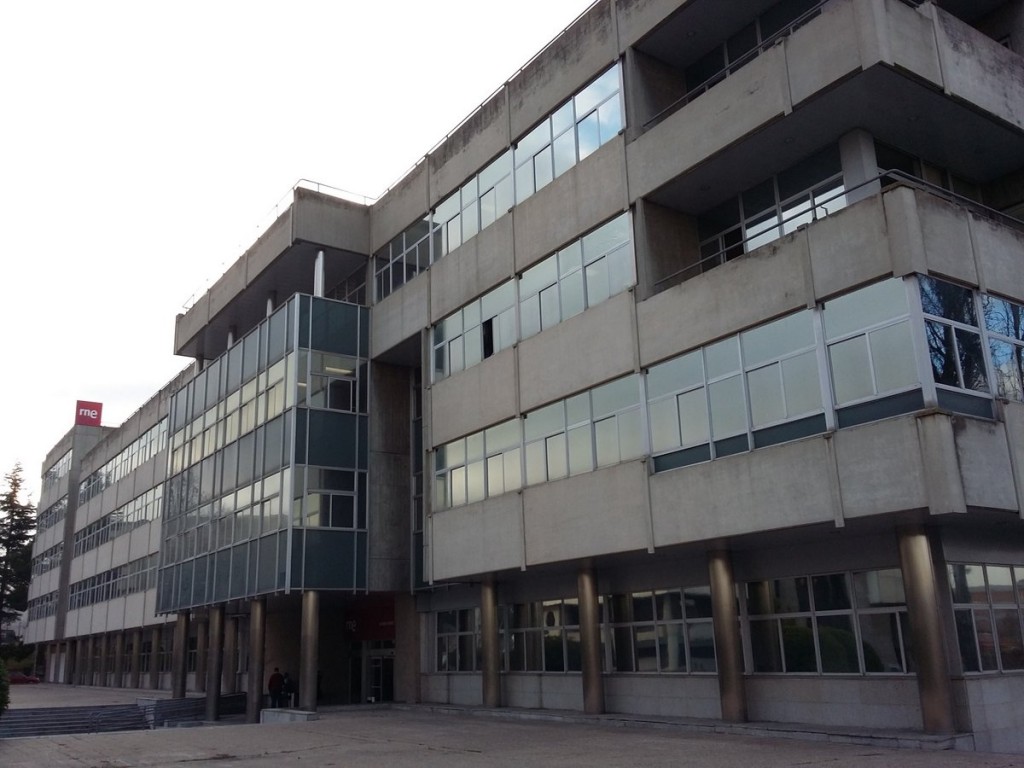
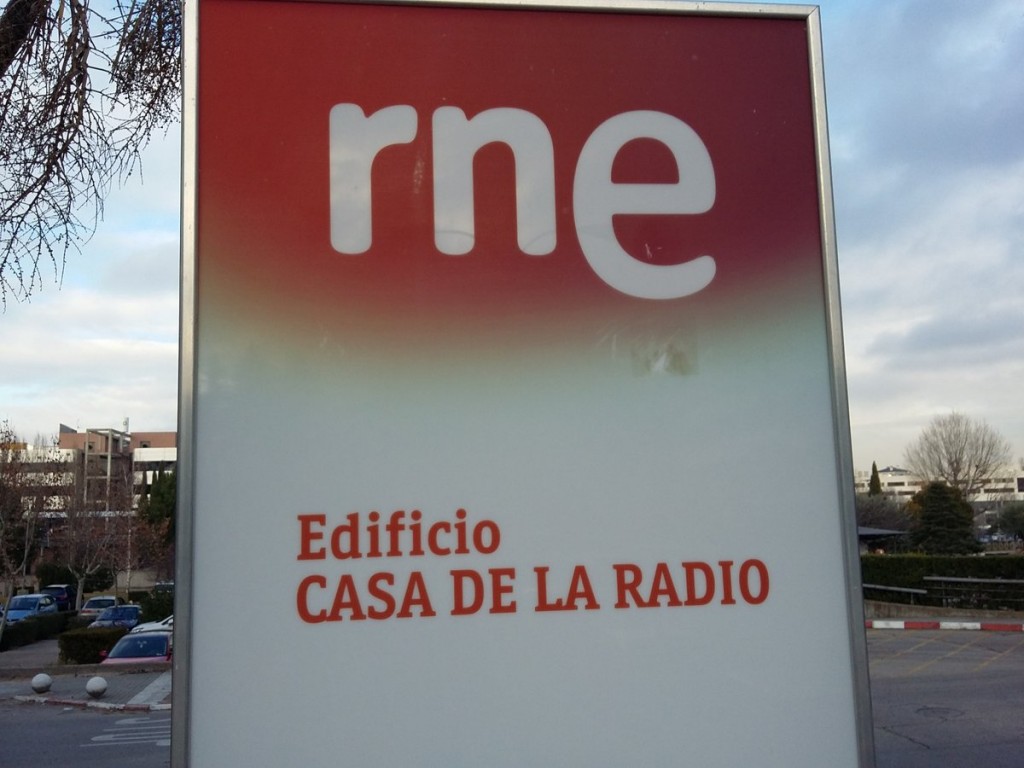
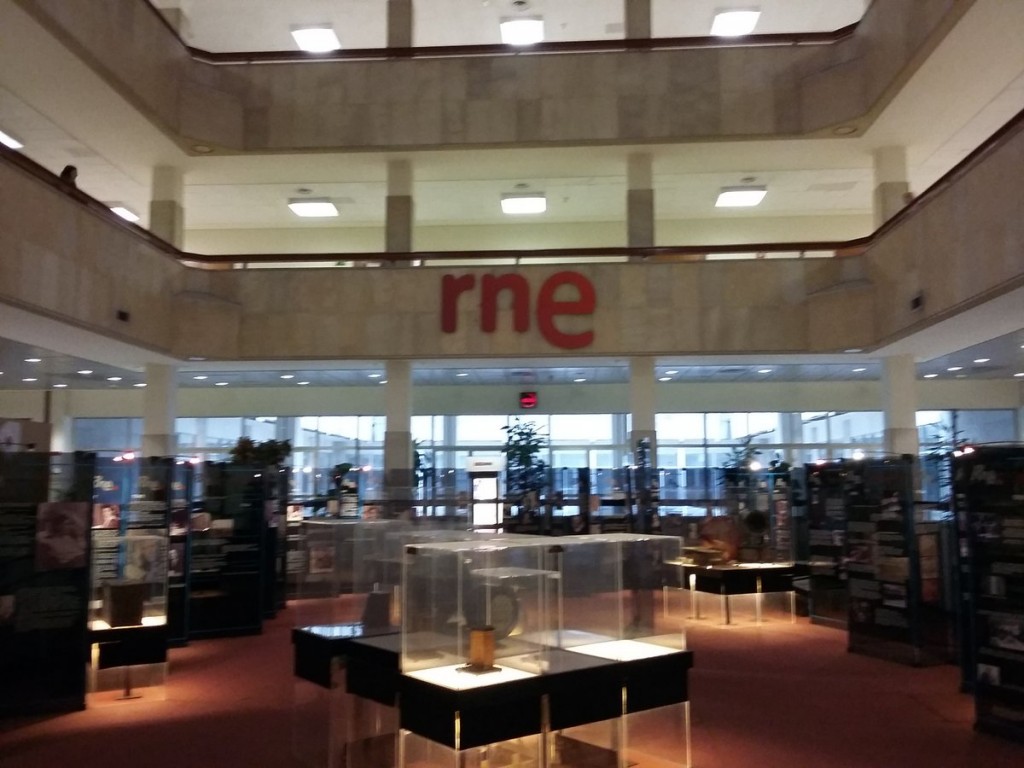
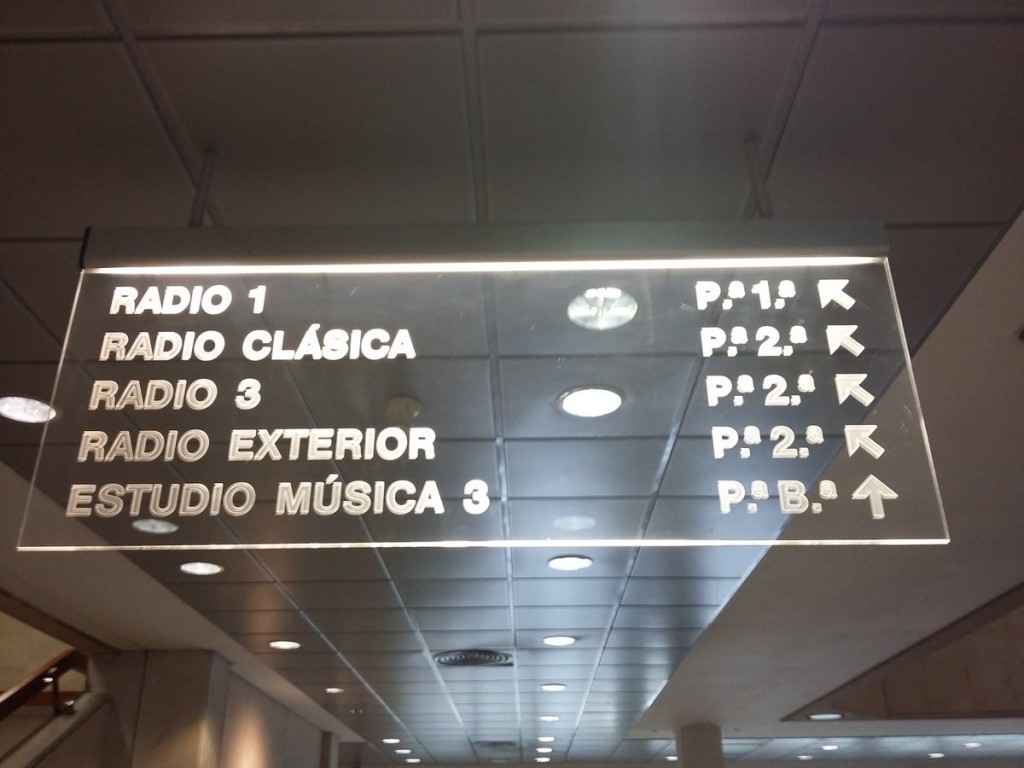
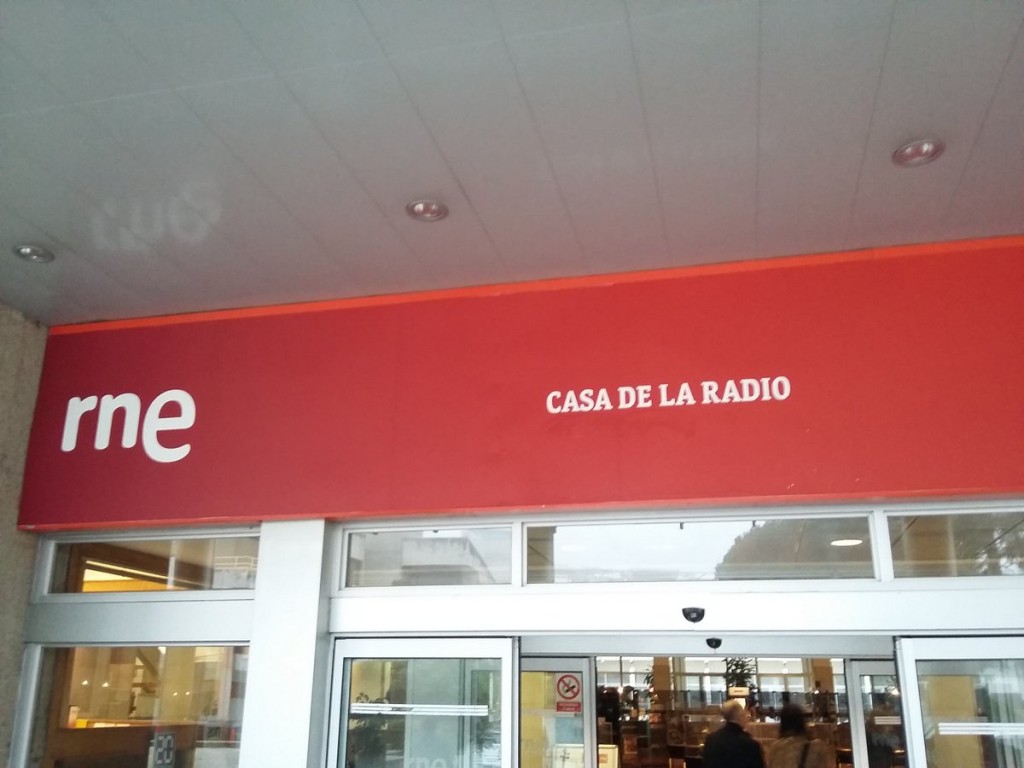
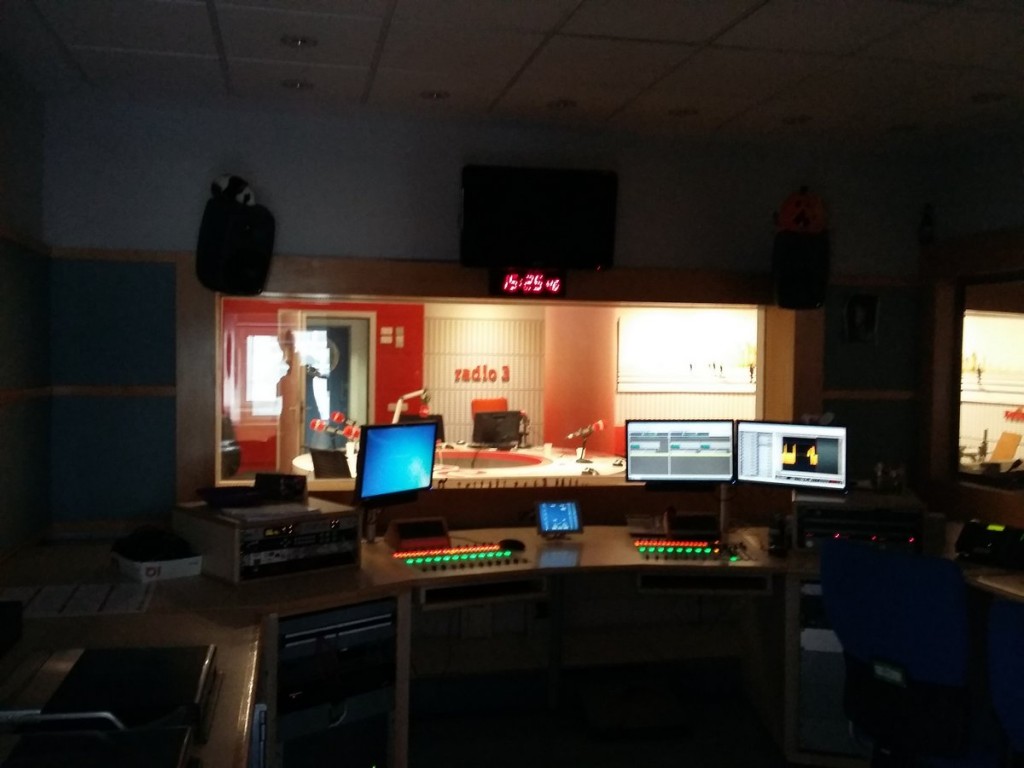
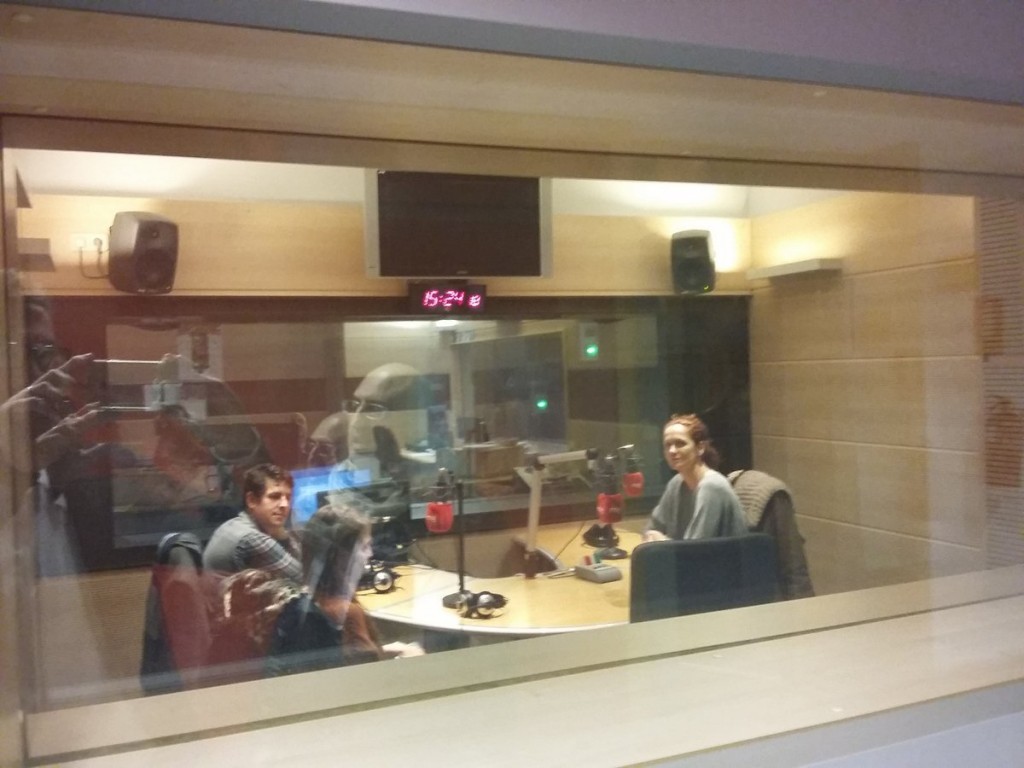
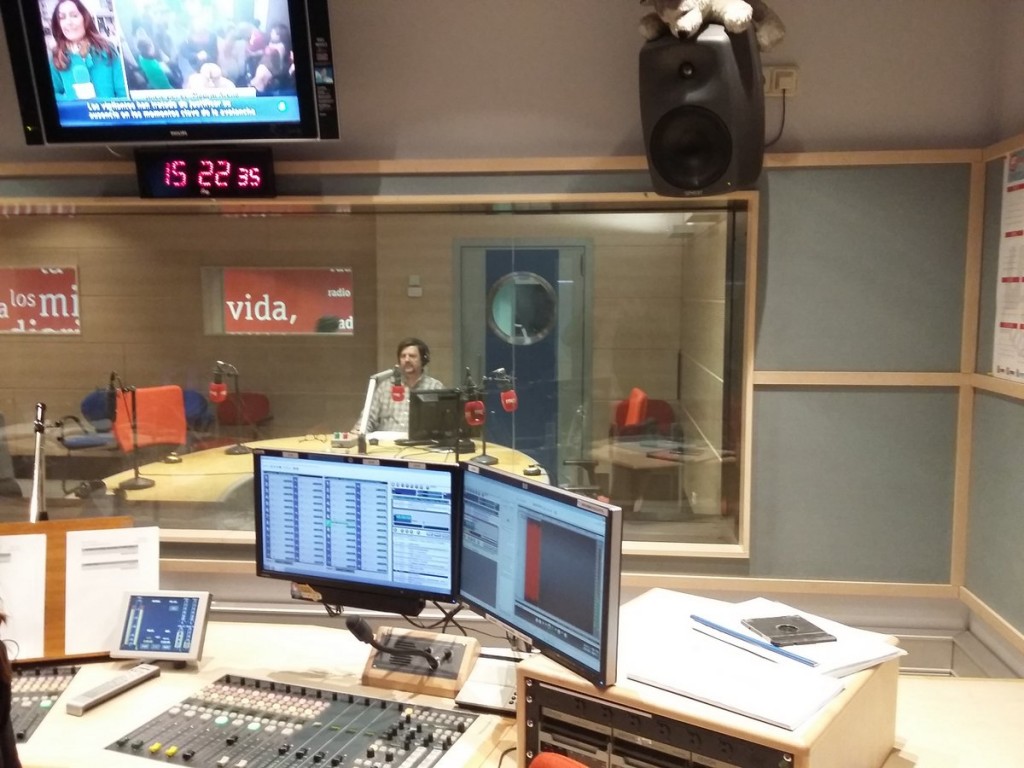
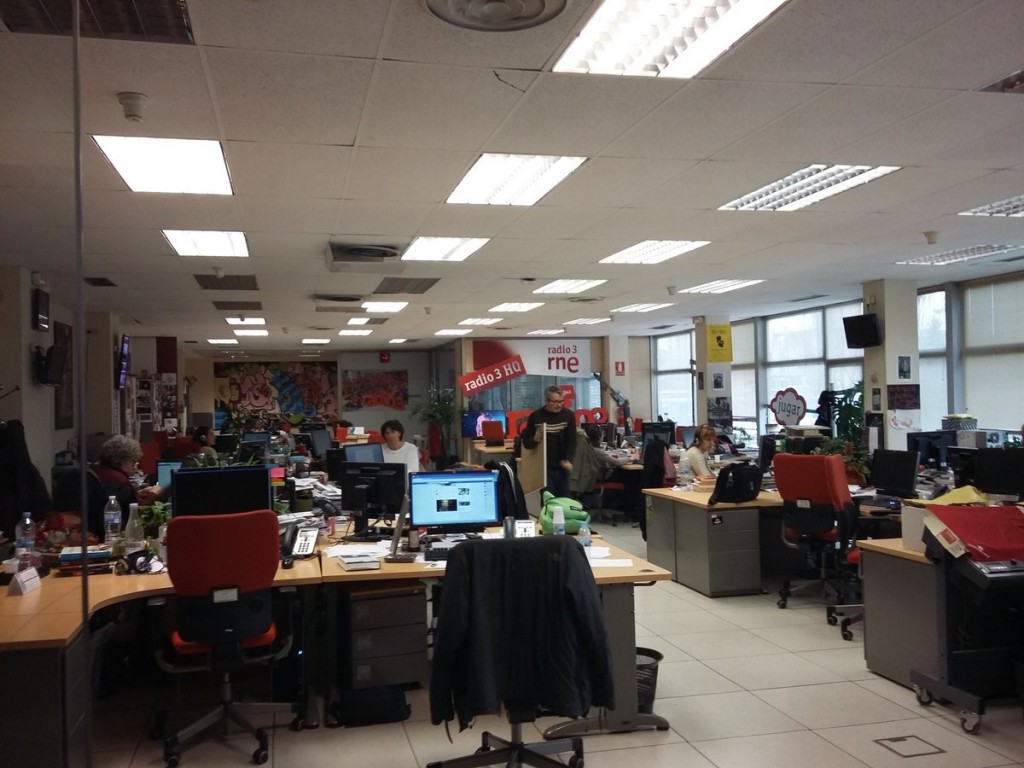
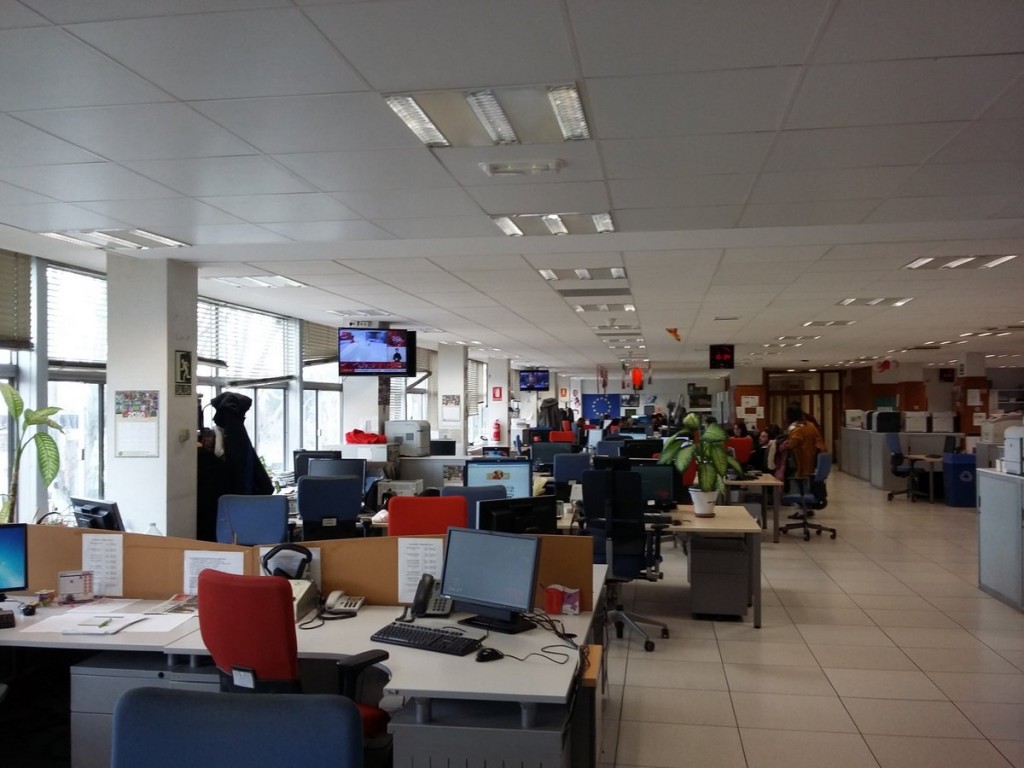
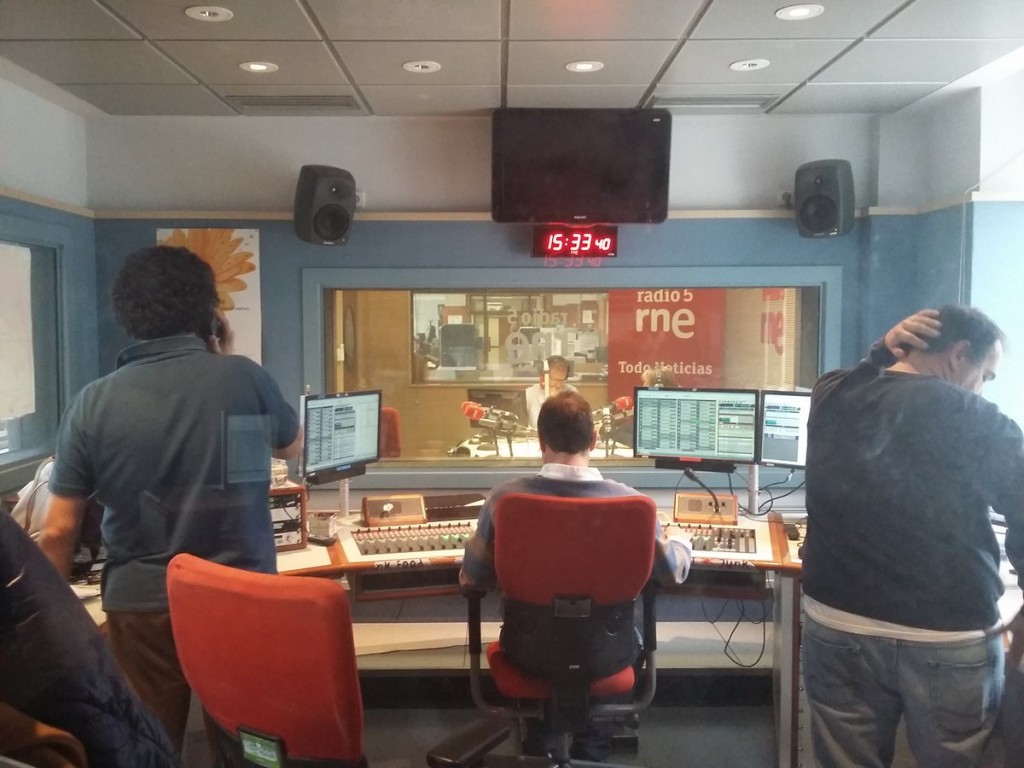
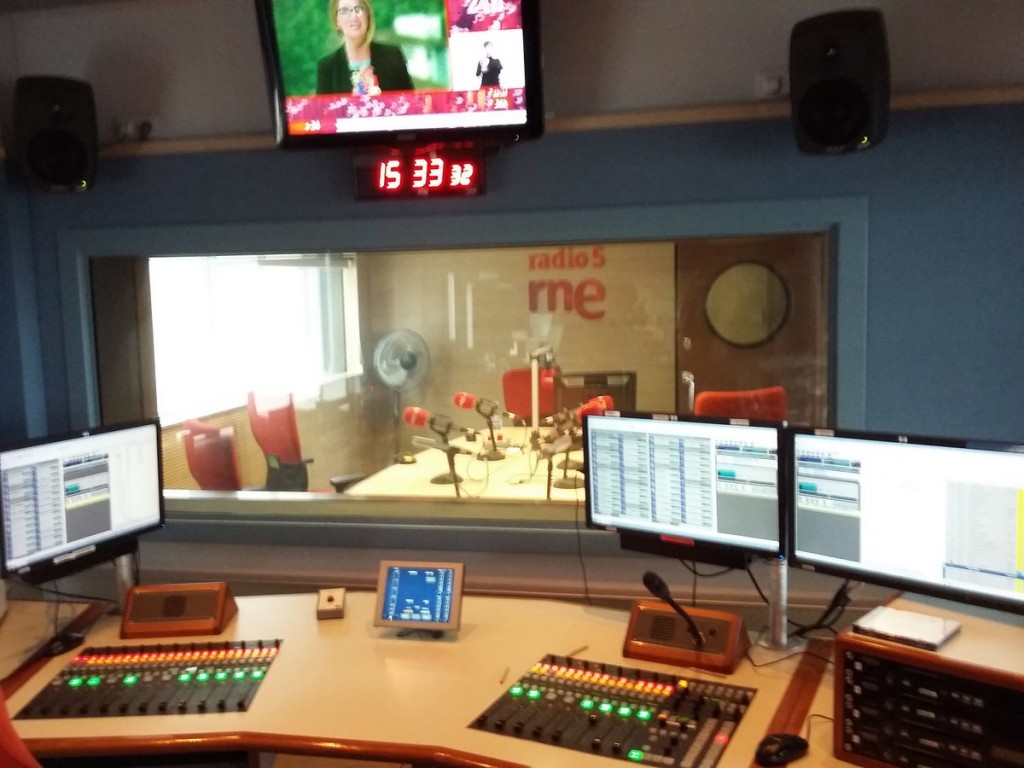
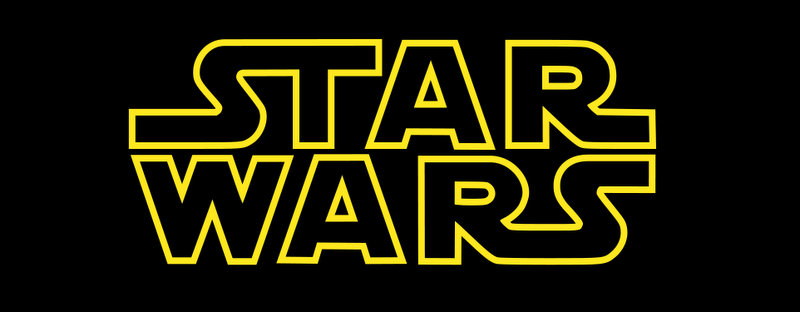 SWLing Post readers may remember
SWLing Post readers may remember 